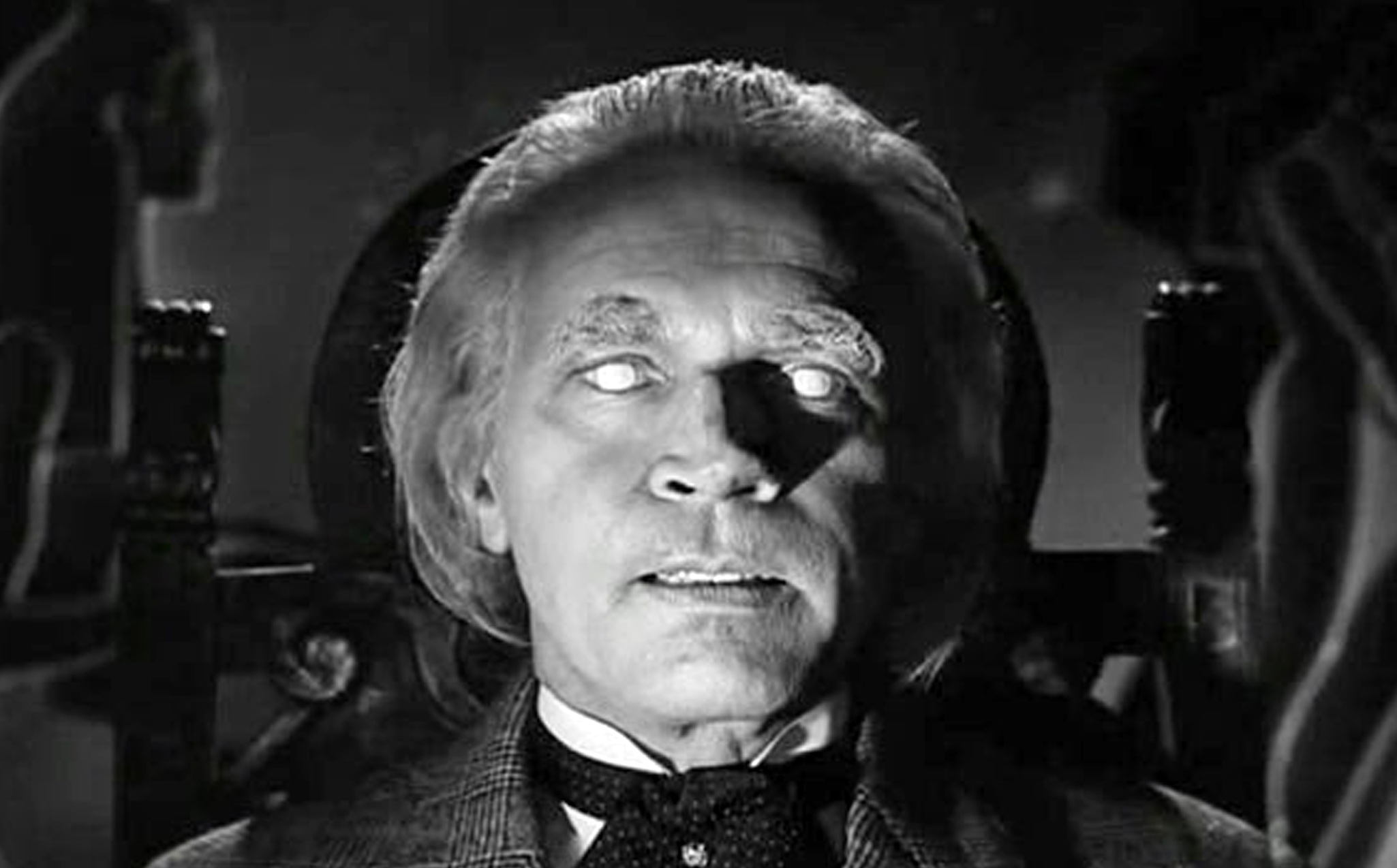Introduction Overview “The Thousand Eyes of Dr. Mabuse” (Die 1000 Augen des Dr. Mabuse), released in 1960, is a classic film noir and thriller that holds a significant place in cinematic history. Directed by the legendary Fritz Lang, this film marks the final chapter in Lang’s illustrious career, making it…
Tag: black and white
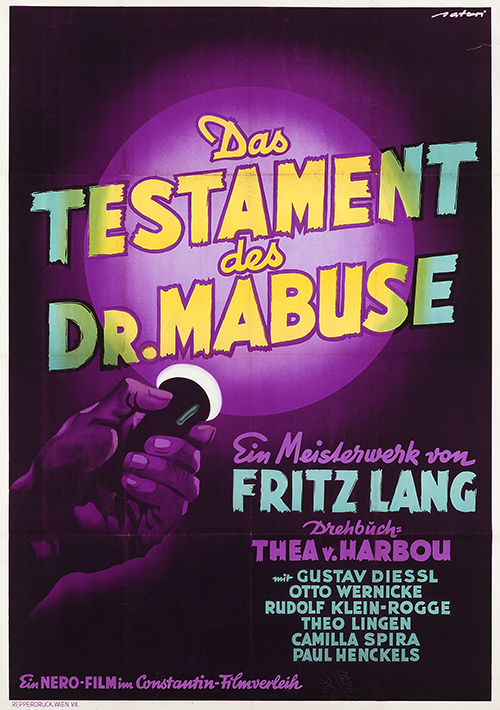
The Testament of Dr. Mabuse (1933)
Fritz Lang’s “The Testament of Dr. Mabuse” (1933) picks up where its predecessor left off, diving back into the twisted world of the criminal mastermind Dr. Mabuse. Last week I reviewed “Dr. Mabuse the Gambler” (1922); this week we’re reviewing the sequel where, eleven years later, Lang brings Mabuse back…
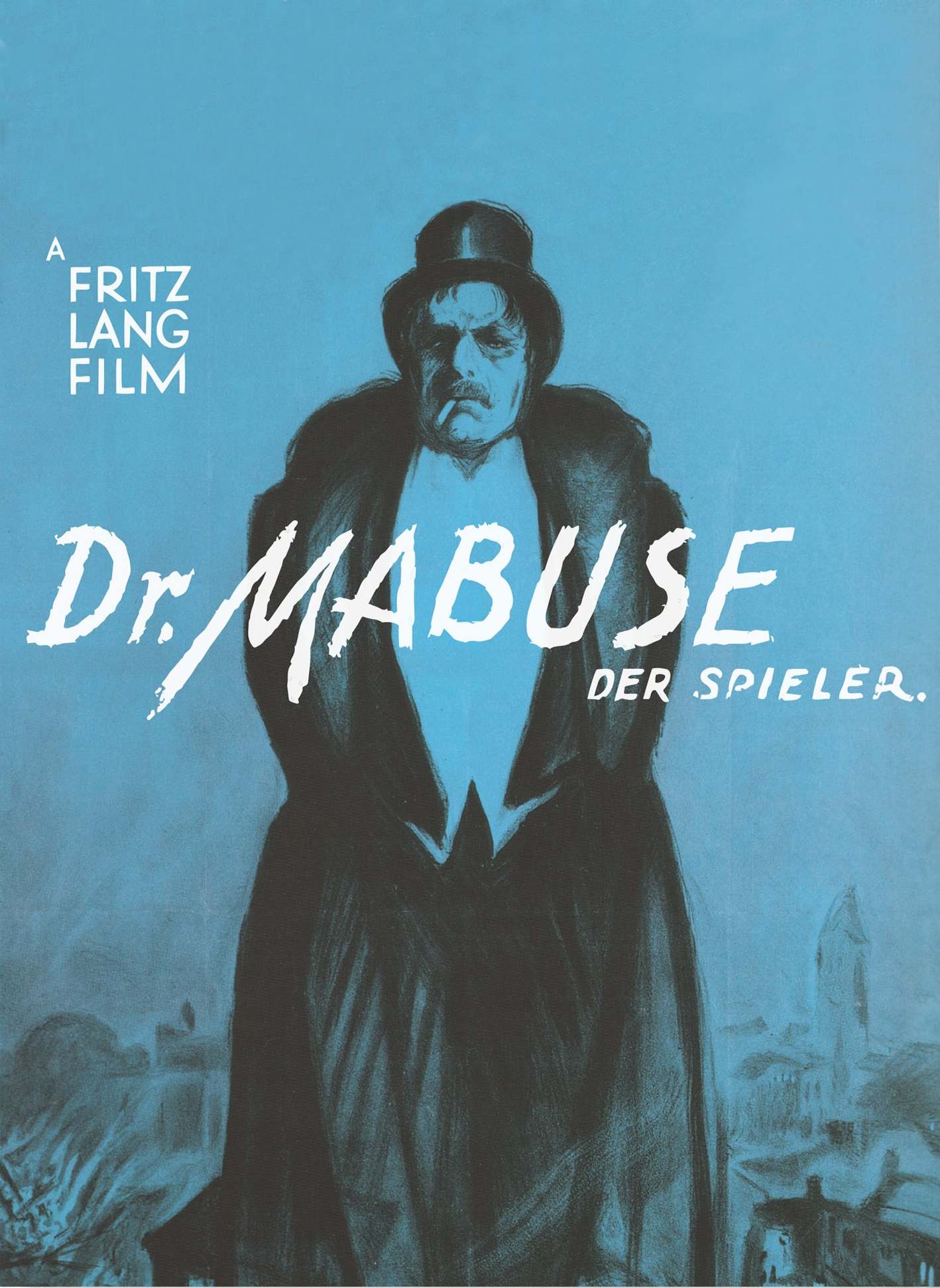
Dr. Mabuse the Gambler
A Silent Masterpiece of Crime and Control Fritz Lang’s “Dr. Mabuse the Gambler” (1922) stands as a towering achievement in the annals of silent cinema. This German expressionist epic, spanning nearly four and a half hours, weaves a complex tapestry of crime, manipulation, and societal decay that continues to captivate…
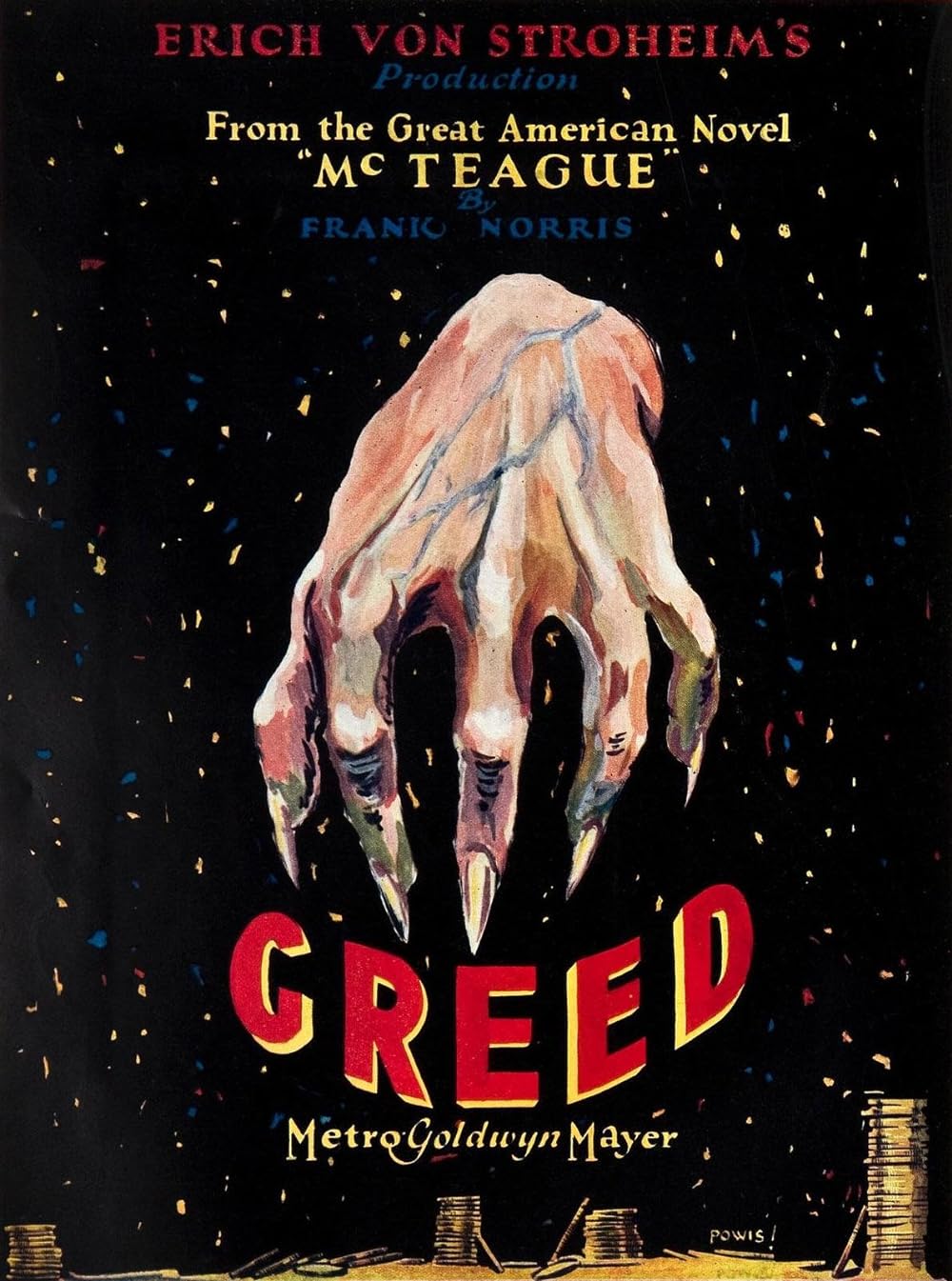
Greed (1924)
Welcome to this week’s Vintage Movie Review on Blind Skeleton! Today, we delve into the depths of human nature with Erich von Stroheim’s 1924 silent film, “Greed.” Based on Frank Norris’s novel “McTeague,” “Greed” is a powerful exploration of the destructive power of avarice. The film tells the story of…
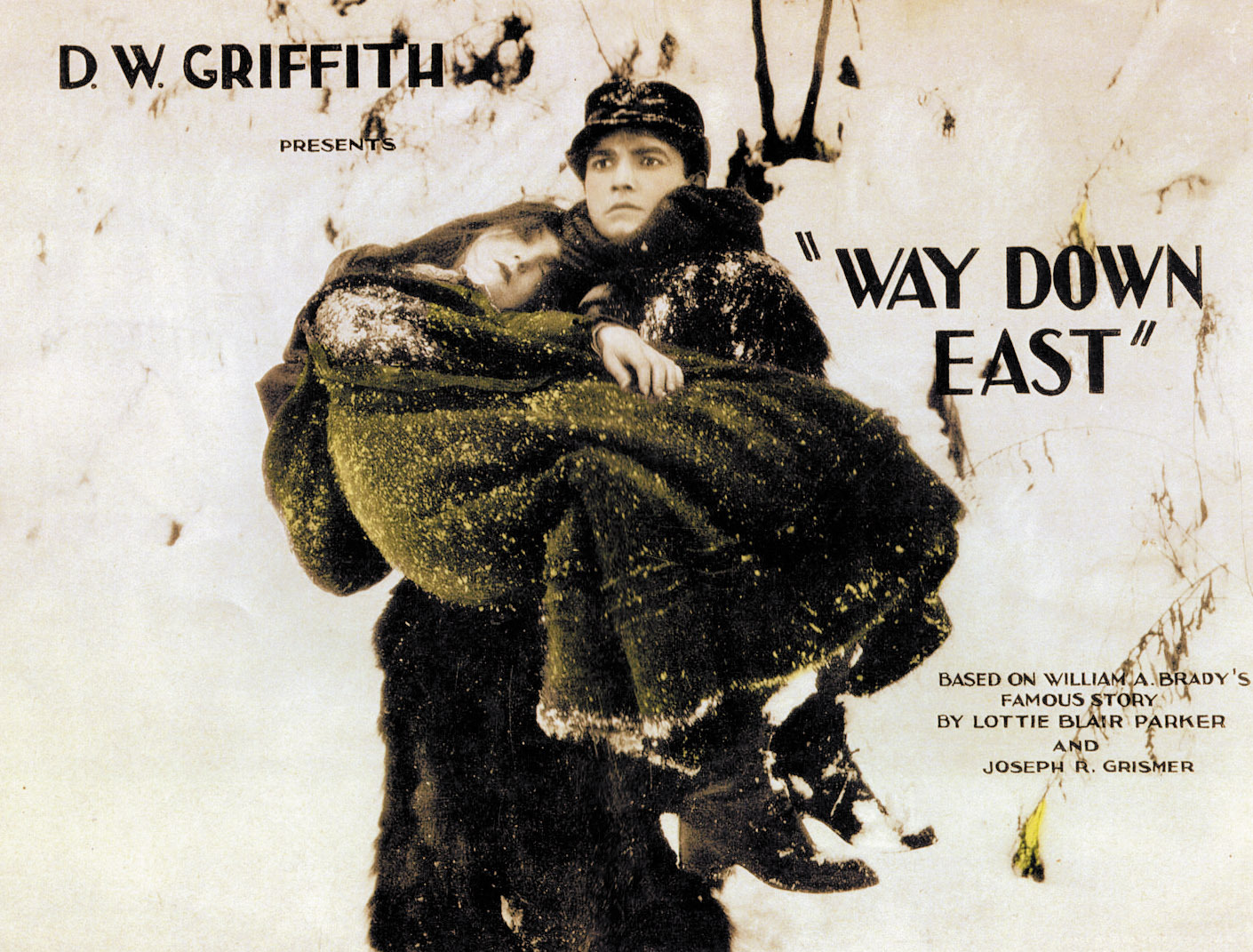
Way Down East
“Way Down East,” directed by D.W. Griffith and released in 1920, is a silent film adaptation of Lottie Blair Parker’s play. It explores themes of morality, social justice, and personal redemption through Anna Moore’s story of societal scorn, tragedy, and eventual love. Griffith’s innovative narrative techniques and technical achievements, like the iconic ice floe sequence, make it a landmark in early American cinema. Despite facing criticisms for its melodramatic elements and portrayal of gender roles, the film’s compelling performances and emotional depth underscore its lasting impact.

